Paraná Trifásico Program
The Paraná Trifásico Program was launched at the end of 2019, in partnership with the State Government. Covering the construction of new networks and automation systems, totaling new 25 thousand kilometres of three-phase networks. Focused on improving service to the rural areas of the State of Paraná, it will promote increased quality of supply and agility in the restoration of services after interruptions.
The planned works will strengthen the junctions of the main distribution networks located in rural regions of Paraná, making it faster to meet requests for three-phase connections for current rural producers and new customers, besides the reduction of the counterpart of consumers for these services. Thus, the access to the three-phase network will be facilitated, boosting the emergence and development of enterprises of the rural productive sectors, targets of the program.
These same junctions will receive autonomous systems for identifying defective locations and reconfiguring the network, reducing the scope of the regions impacted by disconnections, speeding up the resolution of problems in the networks and thus reducing the risk of accidents to employees, third parties and the population. The program will act on multiple fronts and in several regions at the same time, and is expected to be concluded in 2025.
The contracting of the services and the supply of the materials will be mostly in the Turn Key mode (mode in which the provider is obliged to deliver the work in conditions for immediate use, including project, inputs and execution) which will promote the increase in the offer of direct jobs in the State of Paraná.
With a more robust and reliable rural electricity grid, farmers will be able to replace and even eliminate the need to use energy generation systems based on fossil fuel, reducing the emission of greenhouse gases and the resulting waste. Moreover, the greater automation in the network will reduce the demands of corrective maintenance by Copel’s teams, reducing the ecological footprint necessary to serve these consumer units.



